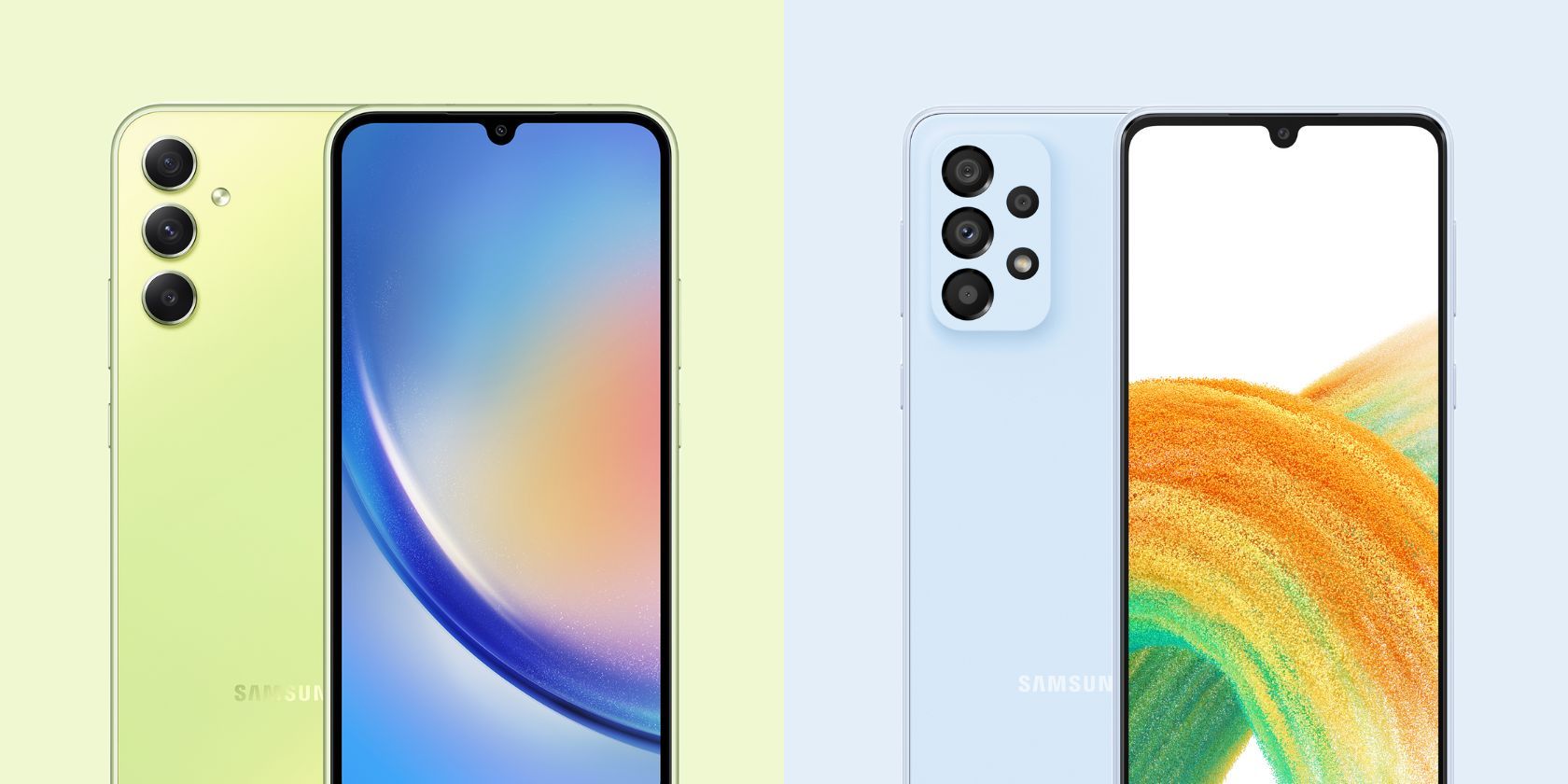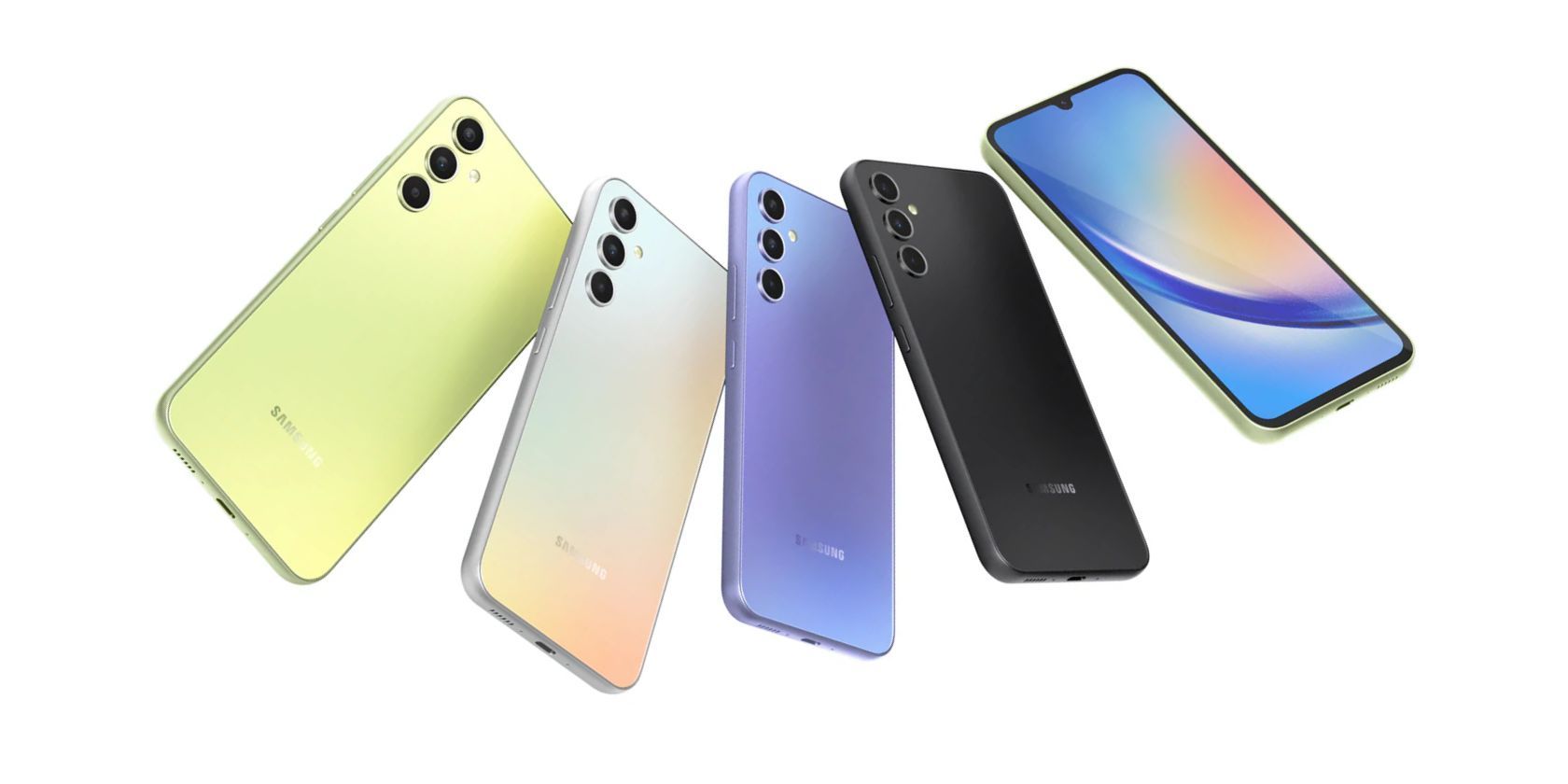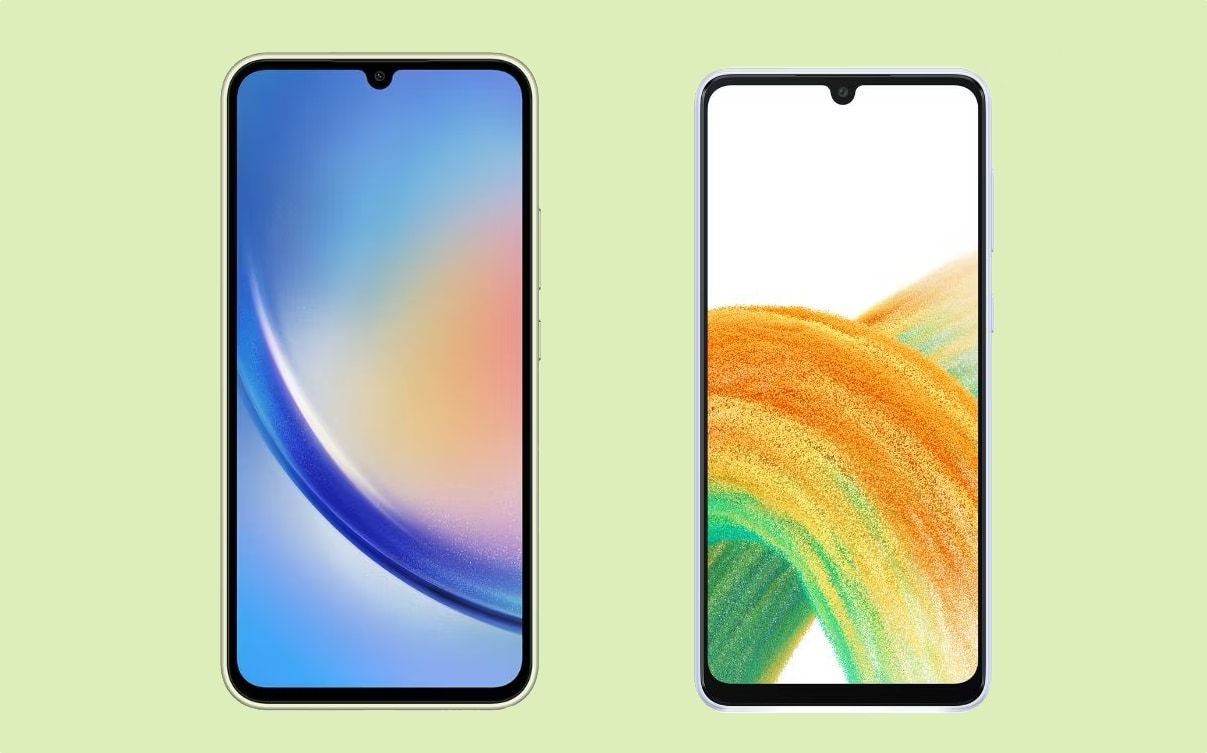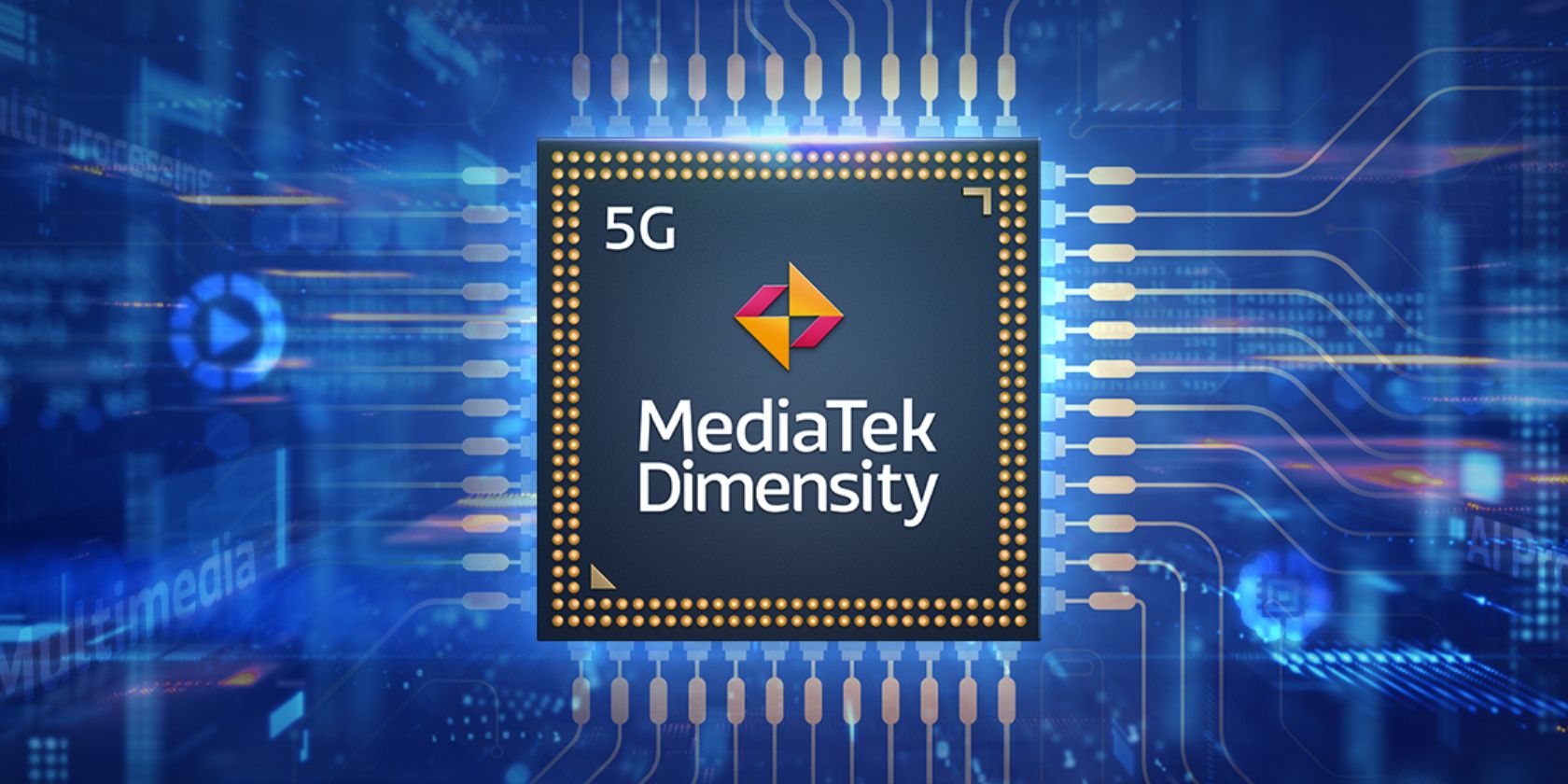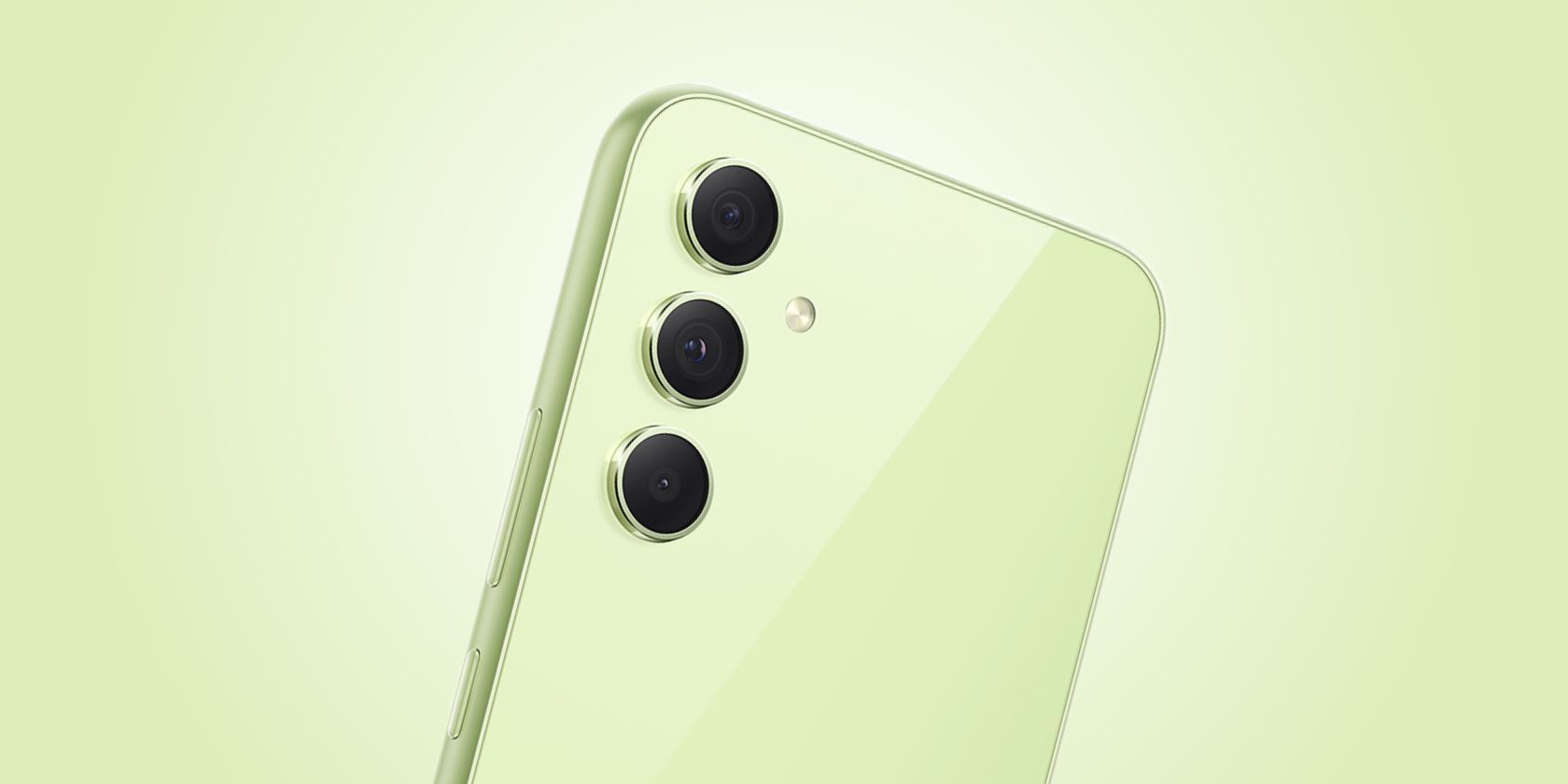For many people, Samsung's latest Galaxy A34 mid-range phone is going to provide more value for money than its higher-end sibling the Galaxy A54. But how big of an upgrade is it from its predecessor the Galaxy A33 which was released in 2022?
Let's check out all the notable differences between the two devices.
Design
- Galaxy A34: 161.3 x 78.1 x 8.2 mm; 199 grams; IP67 rating
- Galaxy A33: 159.7 x 74 x 8.1 mm; 186 grams; IP67 rating
The Galaxy A34 offers a completely new design that looks almost identical to Samsung's flagship Galaxy S23 series with its more rounded corners and individual camera lenses protruding out the back of the device.
The Galaxy A34 is also slightly taller and heavier, much wider, and has almost identical thickness. Both devices have an IP67 rating for water and dust resistance.
Both devices have a plastic back and frame. The older Galaxy A33 has Gorilla Glass 5 protection on the front, but Samsung has strangely not specified if it's present on the newer A34 as well—so it's probably wiser to assume that it doesn't until there's confirmation otherwise.
Both devices come in four color options. The Galaxy A34 is available in Lime, Violet, Silver, and Graphite; interestingly, Lime is one of the exclusive colorways in the Galaxy S23 series, so it's nice to see it on the mid-range model as well. The Galaxy A33 is available in Blue, Peach, White, and Black. The former's colors have a slight gradient and the latter uses softer pastel hues.
Display
- Galaxy A34: 6.6 inches; 120Hz refresh rate; FHD+ resolution; Super AMOLED; 390 PPI; 84.9% screen-to-body ratio
- Galaxy A33: 6.4 inches; 90Hz refresh rate; FHD+ resolution; Super AMOLED; 411 PPI; 83.7% screen-to-body ratio
The display is a big upgrade for the new model. The Galaxy A34 has a bigger, brighter, and faster 6.6-inch 120Hz display with 1000 nits of peak brightness. The A33 is limited to a 6.4-inch 90Hz display that goes up to 800 nits.
The newer model also has more uniform bezels compared to the predecessor which has a very prominent chin that makes it look much more low-end than it actually is. Clearly, the A34 has a better screen, albeit the teardrop-style notch is still present here.
Processor
- Galaxy A34: Mediatek Dimensity 1080; 6nm fabrication; Mali-G68 MC4 GPU
- Galaxy A33: Exynos 1280; 5nm fabrication; Mali-G68 GPU
The 6nm Mediatek Dimensity 1080 chip inside the Galaxy A34 is a relatively minor improvement over the 5nm Exynos 1280 chip inside the Galaxy A33. It's surprising to see Samsung using a MediaTek chip instead of its in-house Exynos one this time, but we're guessing it's to save costs.
It's very unlikely that you'll see any efficiency gains on the A34 (so don't expect better battery life), but it does indeed show a near 30% performance improvement on the AnTuTu (v9) benchmark.
Although, keep in mind that benchmark scores don't really matter for casual users. You can expect slightly better gaming and multitasking capability on the A34, but nothing more.
Are There Any Camera Improvements?
Unfortunately, no. Not on paper, at least. Both the Galaxy A34 and its predecessor the A33 use the exact same 48MP primary, 8MP ultra-wide, 5MP macro, and 13MP selfie cameras. The only difference here is that the A34 doesn't have a fourth 5MP depth camera on the back, making it a triple-camera system rather than a quad-camera system.
This might seem like a downgrade to those unfamiliar with the fact that depth sensors on mid-range phones are usually just for marketing purposes and serve no real benefit. In fact, we'd argue the 5MP macro isn't all that helpful either, and you can probably get better details by taking a high-res 48MP photo from the main camera and just zooming in.
Removing the depth camera allows Samsung to replicate the design of the S23 series, and also to save some money that is (hopefully) being used to improve the quality of the existing cameras via better image processing, especially in terms of low-light photography.
The A34 Is a Better Phone—but You Can Stick With the A33
With the Galaxy A34, you're getting a much better design, reduced bezels, a significantly better display, and a faster chip. All these changes combined do make it a better overall device.
However, the lack of camera improvements can discourage an A33-owner from upgrading. If you're happy with your Galaxy A33, you don't need to upgrade just yet.

